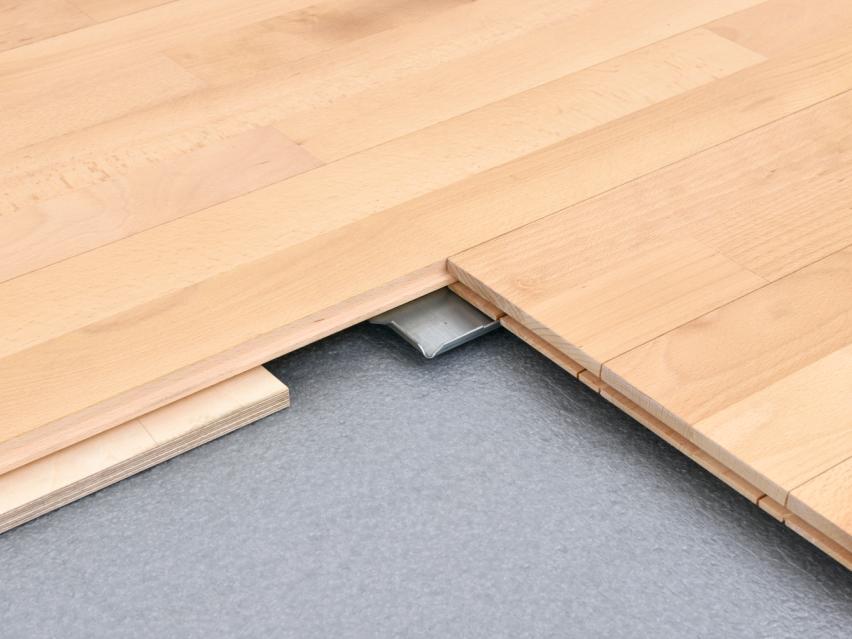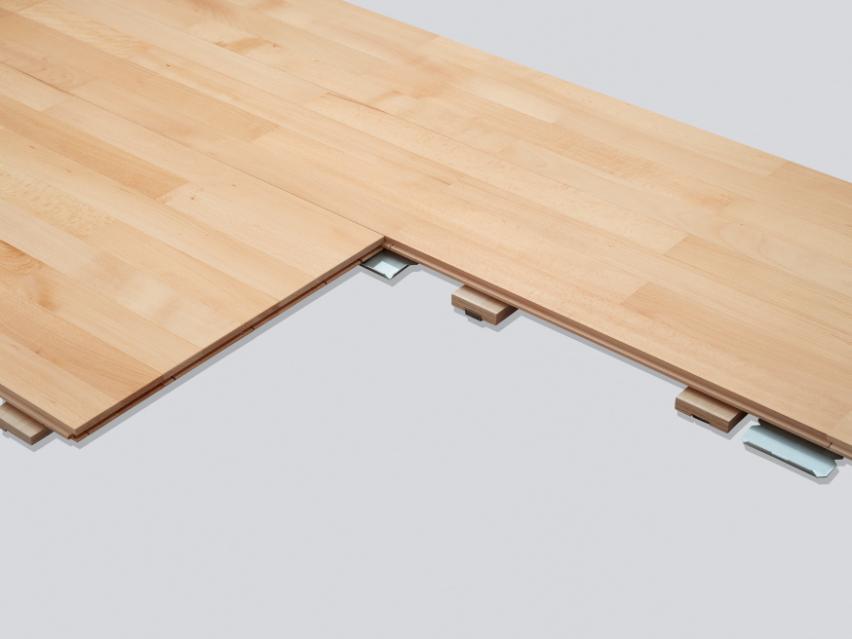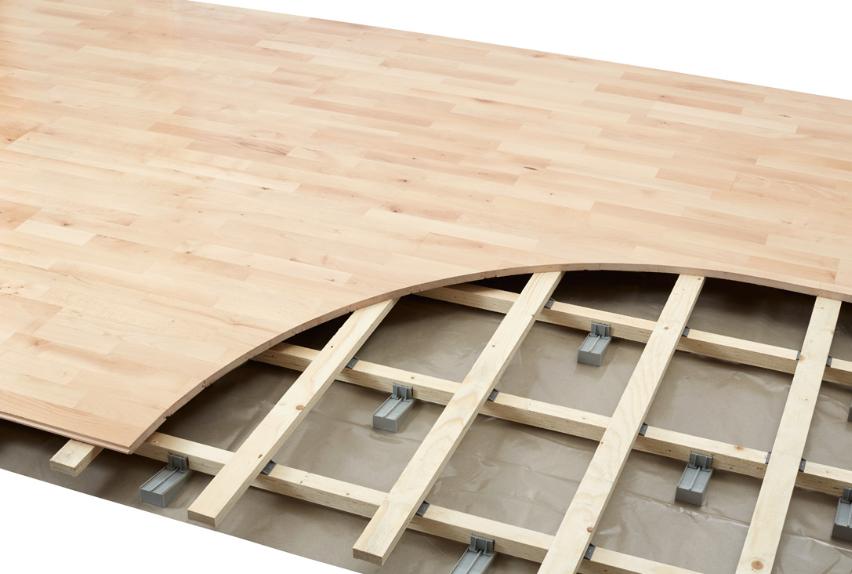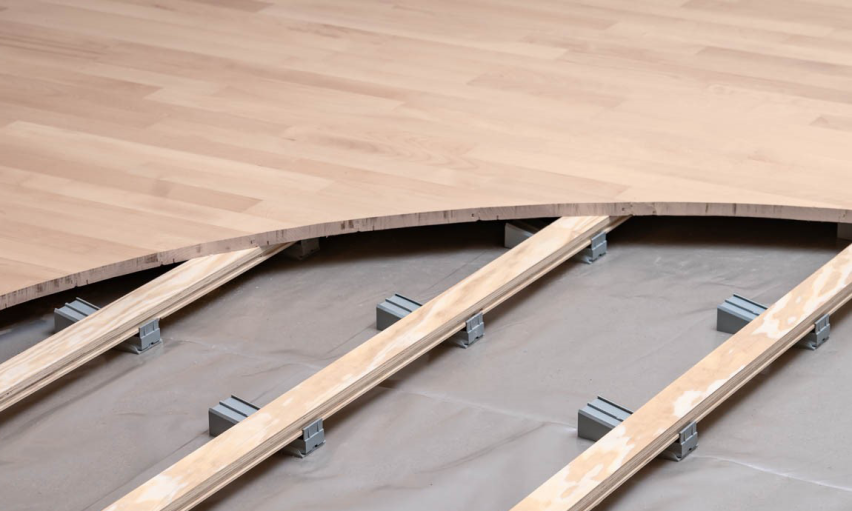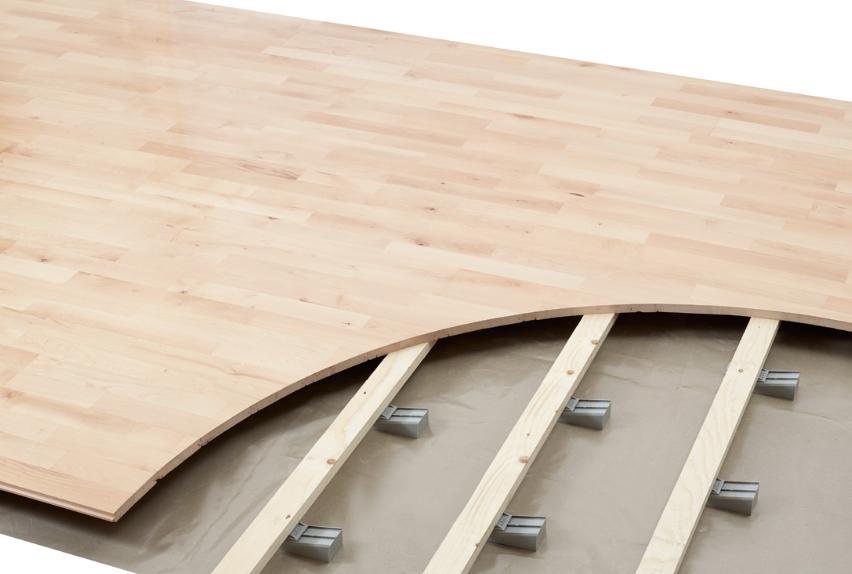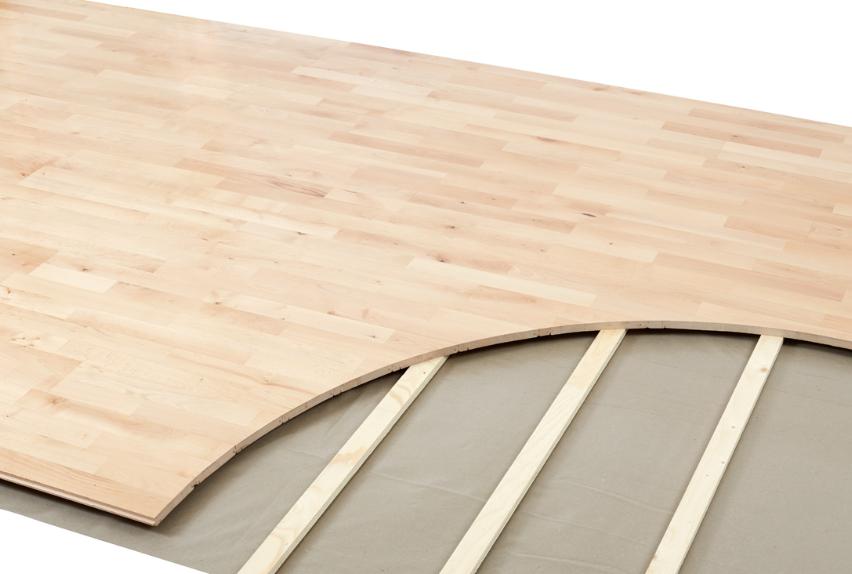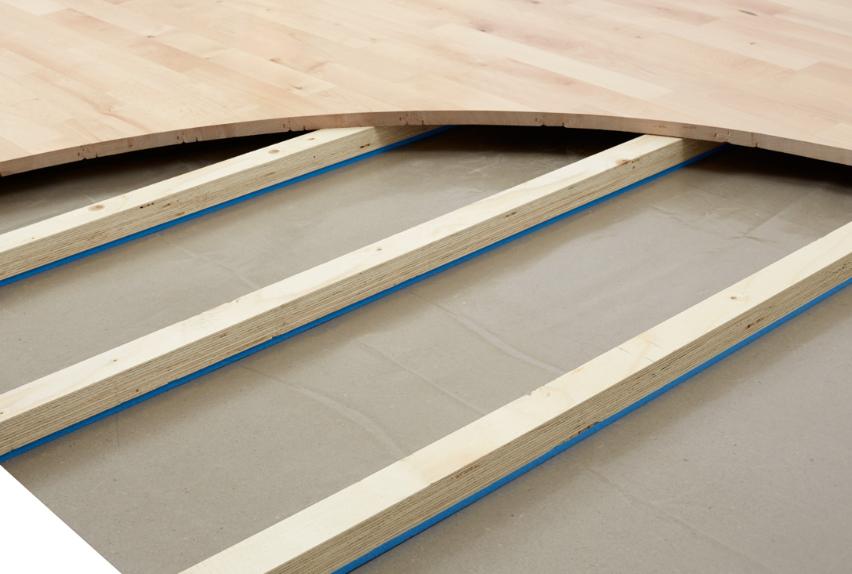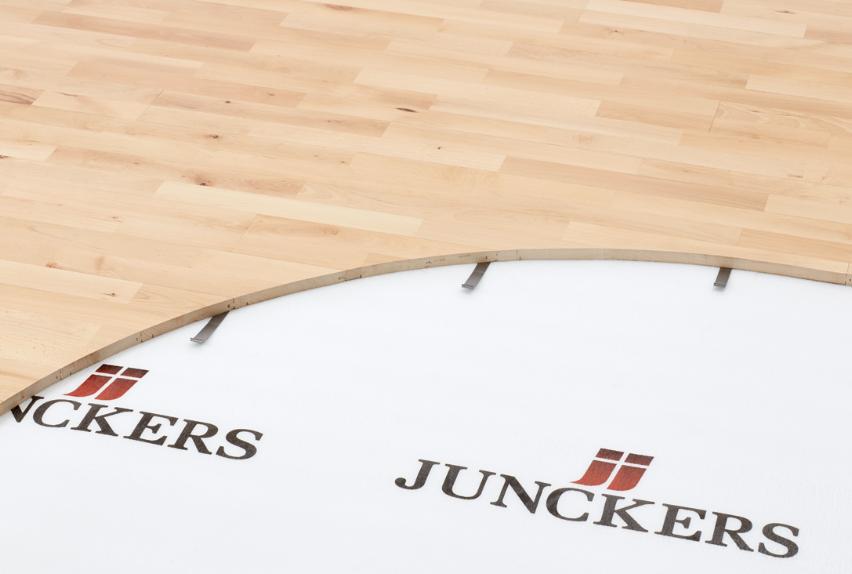Wood Flooring for Dance Studios: What to Consider Before You Choose
Choosing wood flooring for a dance studio involves more than selecting an attractive surface—it’s a decision that impacts safety, performance, durability, and long-term value. This guide outlines the essential factors every studio owner or decision-maker should evaluate before investing in a new floor. From shock absorption and traction to maintenance requirements and sustainability, you’ll find practical insights to help you make an informed choice that meets the demands of both dancers and your facility.
Why Choosing the Right Wood Flooring for Your Dance Studio Matters
Selecting the right wood flooring for your dance studio is an essential decision—one that directly influences dancer safety, facility performance, and the long-term value of your property. Whether you’re upgrading a professional studio, equipping a multi-purpose hall, or designing a home dance space, the flooring you choose must deliver both reliability and performance. Junckers’ solid hardwood systems offer a proven solution, combining advanced engineering with the natural resilience and beauty of real wood.
Key Performance Factors in Wood Flooring for Dance Studios
The demands of dance place unique requirements on flooring. For studio owners and facility managers, factors such as shock absorption, surface friction, and overall durability are non-negotiable. Junckers’ wood flooring for dance studio environments is engineered to EN 14904 standards, delivering:
- Optimal shock absorption to help protect joints and reduce injury risk
- Consistent surface friction, supporting a wide range of dance styles safely
- Long-lasting surface resilience, resisting wear and maintaining appearance over time
A real-world example of these performance factors can be seen in the Building Block Dance Studio project, where the selection of Junckers’ Clip System has transformed a professional dance environment.
Comparing Wood Species and Finishes for Dance Studio Applications
Your choice of wood species and finish not only shapes the appearance of your studio but also impacts floor performance and care. Junckers offers a selection of solid hardwoods, each with unique benefits:
- Beech: Known for its strength and uniform texture
- Ash: Offers high elasticity and visual brightness
- Maple: Renowned for hardness and a sleek, pale look
Floors are available in three gradings—Champion (uniform), Premium (natural variation), and Club (rustic)—to align with your visual and functional needs. Choose from factory-finished lacquered or oiled surfaces for easy cleaning, or opt for untreated boards if customization is required. These finishes are designed for durability, quick installation, and minimal upkeep.
Understanding Sprung Flooring for Dance Studios
Sprung flooring for dance studios is critical for safety and performance. A sprung subfloor provides necessary shock absorption and energy return—key for genres involving jumps and dynamic movement. Junckers offers both fixed and portable sprung systems:
- Fixed systems (e.g., DuoBat 120+, UnoBat 78+, UnoBat 62+): Ideal for permanent dance studios, sports halls, and arenas, with multiple construction heights and subfloor solutions
- Portable systems (Pro Complete 44, Arena Master): Designed for temporary or multi-use spaces, enabling quick installation, easy transport, and repeated use
For those seeking flexible solutions, Junckers’ portable dance floors are engineered for professionals who require both performance and adaptability.
Installation and Maintenance Best Practices
Proper installation and maintenance are essential to maximize the lifespan and performance of any dance floor for dance studio use.
Installation best practices:
- Ensure a level, dry subfloor prior to installation
- Use an appropriate vapor barrier to protect against moisture
- Select from a range of construction heights and subfloor solutions to suit your space
Maintenance routines:
- Daily dust mopping to remove grit and protect the finish
- Weekly cleaning with pH-neutral products designed for hardwood
- Regular inspections for signs of wear, unevenness, or changes in surface friction
- Scheduled sanding and refinishing when required, extending the floor’s lifespan and restoring appearance
For detailed guidance on proactive care, visit Junckers’ page on maintenance and refurbishment of wooden sport floors.
Sustainability and Certifications to Look For
Sustainability is more than a buzzword—it’s a key consideration when investing in the best wood floor for dance studio projects. Junckers prioritizes:
- 100% utilization of raw wood materials, reducing waste
- FSC certification, ensuring wood is sourced from responsibly managed forests
- Low-emission finishes for improved indoor air quality
- EN 14904 and EPD documentation available for transparency and regulatory compliance
Discover more about Junckers’ sustainable flooring approach and mindset, which supports eco-conscious choices and premium quality.
Real-World Examples: Selecting the Best Wood Floor for Dance Studio Projects
Junckers’ wood flooring is trusted in a variety of dance and performance settings. Here’s how our solutions deliver measurable benefits:
- Multi-purpose sports halls: Installation of UnoBat systems provides both sports and dance functionality, maximizing facility flexibility and return on investment
- Dedicated dance studios: Beech Champion flooring offers a seamless, uniform look and optimal performance for ballet and contemporary dance, backed by EN 14904 certification
For further inspiration, review the Conservatory of Music and Dance project, where 460 m² of SylvaSport Beech Premium was installed to meet the needs of three dance studios.
Frequently Asked Questions About Wood Flooring for Dance Studios
How long does Junckers wood flooring for dance studio settings typically last? add
With regular maintenance and proper care, these floors can serve facilities for decades.
What makes a floor the best wood floor for dance studio use? add
Key factors include solid hardwood construction, optimal shock absorption, consistent surface friction, and compliance with EN 14904 standards.
What is the difference between fixed and portable sprung flooring for dance studios? add
Fixed systems are designed for permanent installations, while portable systems are suitable for temporary or multi-use spaces, offering easy installation and removal.
How often should a dance floor be refinished? add
Refinishing intervals depend on usage, but most floors benefit from sanding and recoating every few years to maintain performance and appearance.
Are Junckers floors suitable for all dance genres? add
Yes. The combination of shock absorption, resilience, and consistent friction makes Junckers flooring suitable for everything from ballet to contemporary and urban dance.
To explore the full range of options for sports and dance venues, visit Junckers’ sports flooring overview.
Find Your Ideal Wood Flooring Solution
Ready to invest in wood flooring that meets the highest standards for dance studios? Junckers delivers resilient, beautiful, and sustainable solutions tailored to your needs—whether you operate a professional venue or are bringing dance into your home. Connect with our specialists today to discuss your project, request a quote, or download detailed product documentation. Your next dance floor for dance studio excellence starts here.

